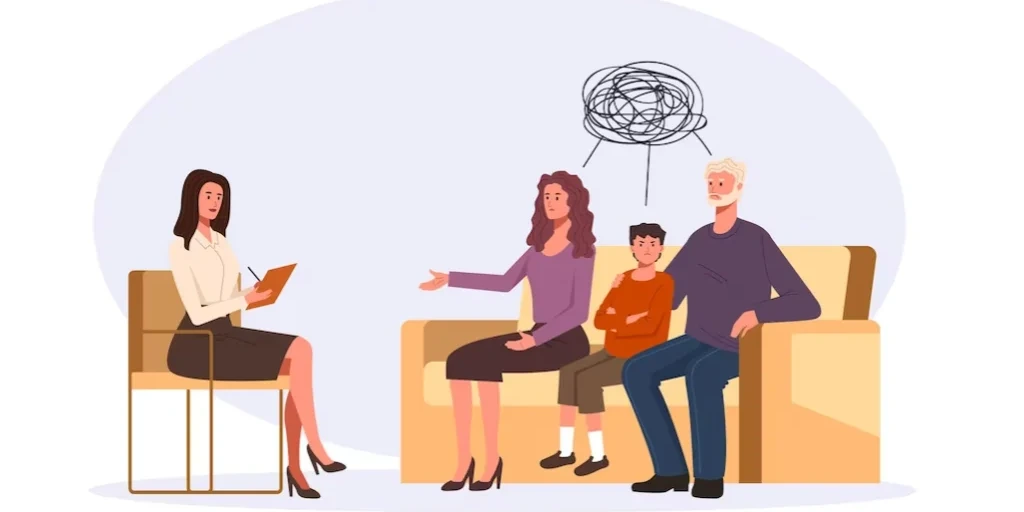24/7 Helpline:
(866) 899-221924/7 Helpline:
(866) 899-2219
Learn more about Crack Detox centers in Closter
Crack Detox in Other Cities

Other Insurance Options

Evernorth

Covered California

Sutter

Anthem

Coventry Health Care

MHNNet Behavioral Health

Cigna

Ceridian

GEHA

Access to Recovery (ATR) Voucher

EmblemHealth

AllWell

Carleon
Beacon

Lucent

Magellan

Optima

American Behavioral

UMR

Premera









